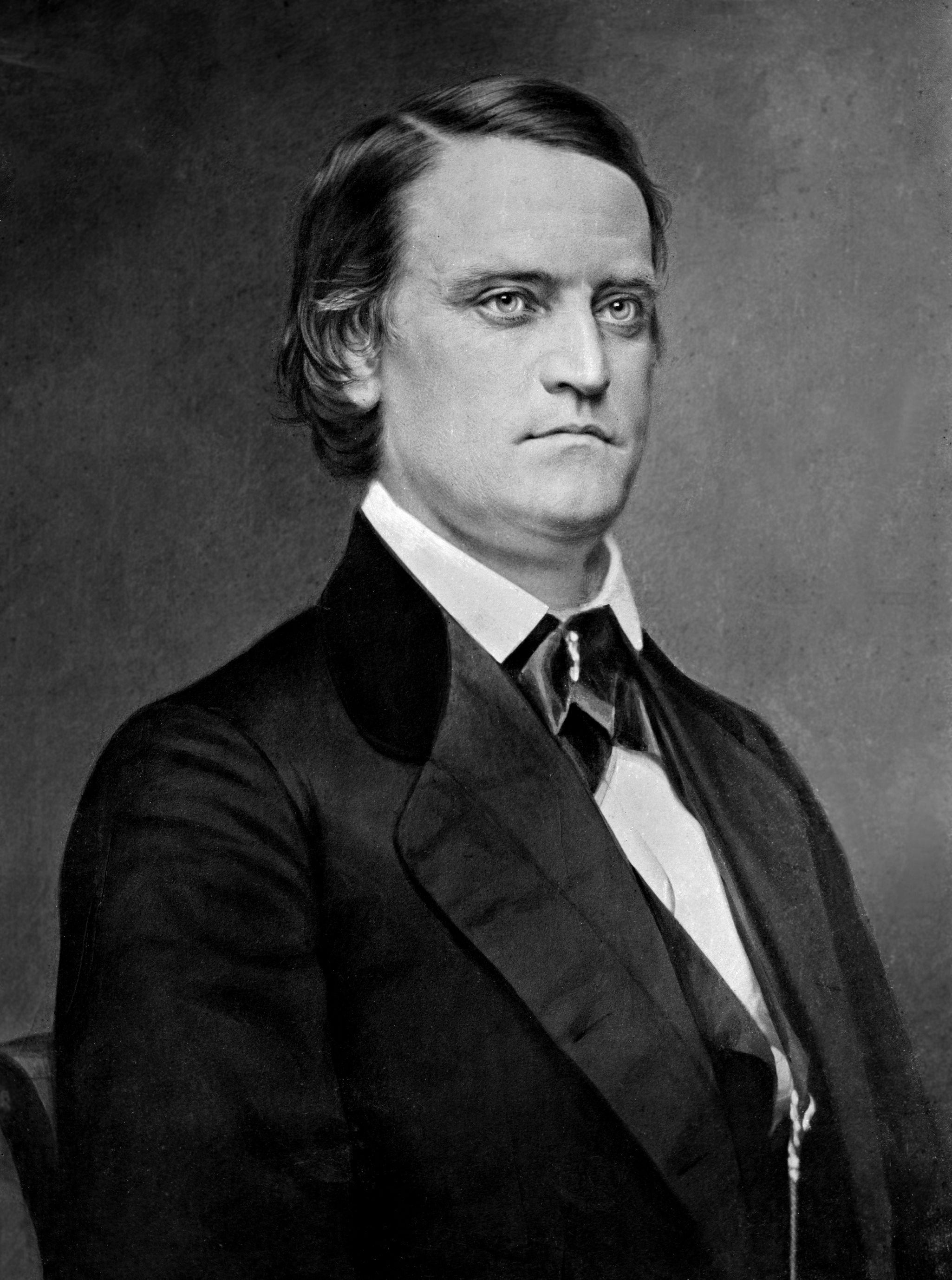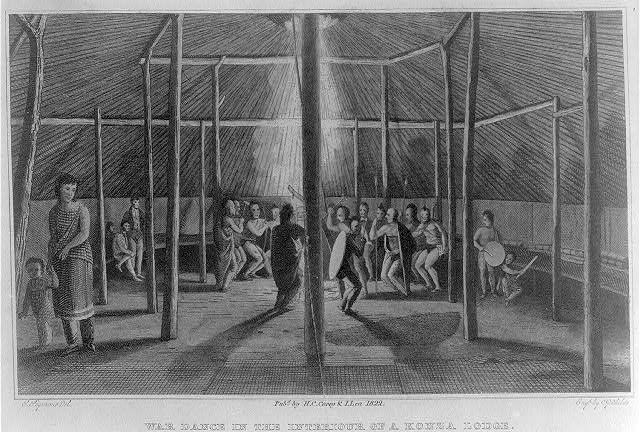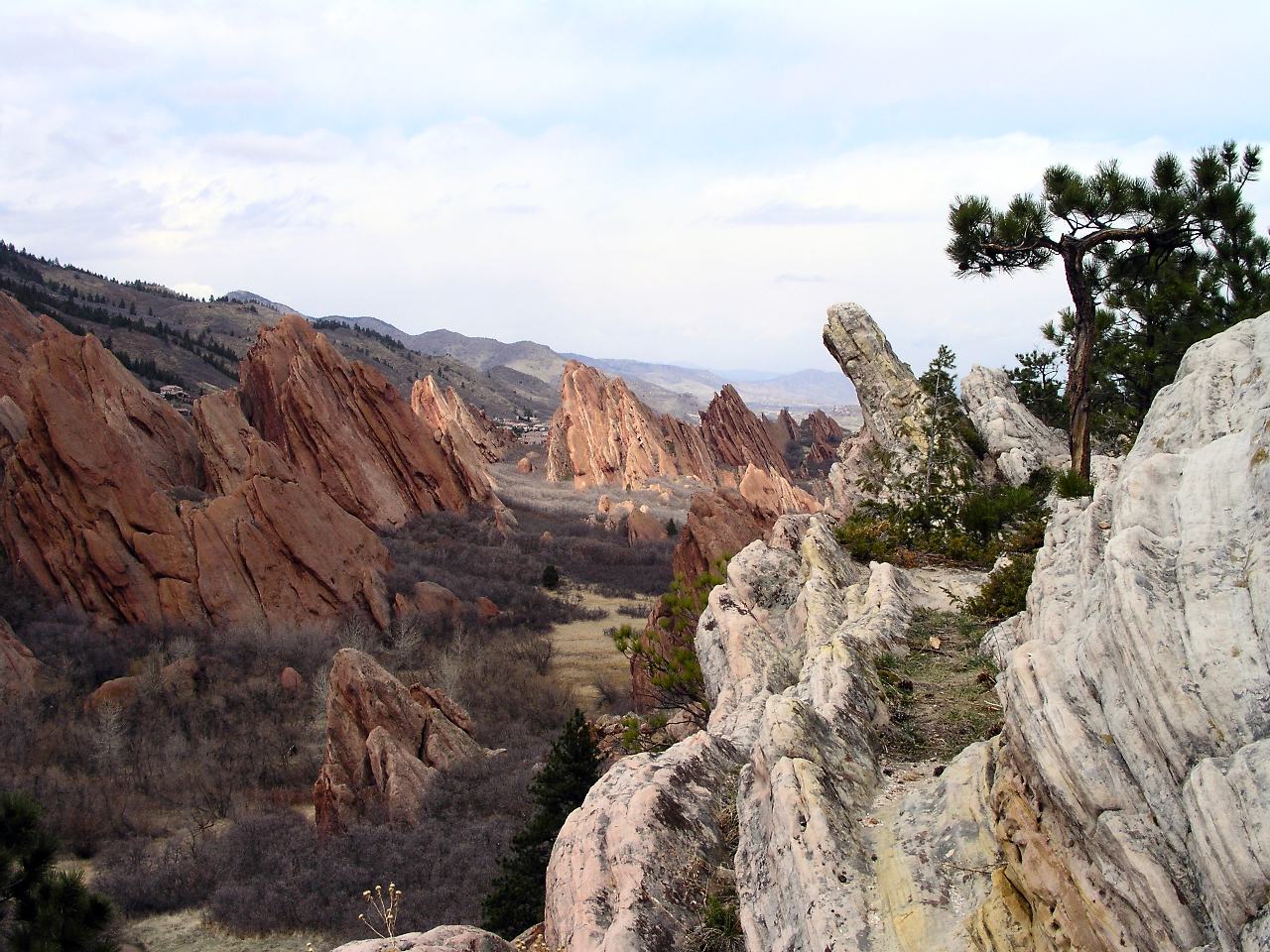|
Peketon County, Kansas Territory
Peketon County was a U.S. county, county of the United States Territory of Kansas that existed from February 7, 1859 to January 29, 1861, when Kansas joined the Union as a state. History In July 1858, gold was discovered along the South Platte River in Arapahoe County, Kansas Territory, Arapahoe County of the Territory of Kansas (now in the State of Colorado). This discovery precipitating the Pike's Peak Gold Rush. To promote the development of this western region, the Kansas Territorial Legislature created Peketon County to the east of Arapahoe County and the Territory of New Mexico on February 2, 1859, but Peketon County was never organized. Following the Republican Party (United States), Republican Party 1860 United States presidential election, election victories in 1860, the United States Congress admitted Kansas to the United States, Union. The Kansas Act of Admission excluded the portion of the Kansas Territory west of the 25th meridian west from Washington from the new st ... [...More Info...] [...Related Items...] OR: [Wikipedia] [Google] [Baidu] |
Kansas Territory (1860)
The Territory of Kansas was an organized incorporated territory of the United States that existed from May 30, 1854, until January 29, 1861, when the eastern portion of the territory was admitted to the United States, Union as the Slave and free states, free state of Kansas. The territory extended from the Missouri border west to the summit of the Rocky Mountains and from the 37th parallel north to the 40th parallel north. Originally part of Missouri Territory, it was unorganized from 1821 to 1854. Much of the eastern region of what is now the Colorado, State of Colorado was part of Kansas Territory. The Territory of Colorado was created to govern this western region of the former Kansas Territory on February 28, 1861. The question of whether Kansas was to be a free or a slave state was, according to the Compromise of 1850 and the Kansas–Nebraska Act, to be decided by popular sovereignty, that is, by vote of the Kansans. The question of which Kansans were eligible to vote ... [...More Info...] [...Related Items...] OR: [Wikipedia] [Google] [Baidu] |
Thirty-sixth United States Congress
The 36th United States Congress was a meeting of the legislative branch of the United States federal government, consisting of the United States Senate and the United States House of Representatives. It met in Washington, D.C. from March 4, 1859, to March 4, 1861, during the third and fourth years of James Buchanan's presidency. The apportionment of seats in the House of Representatives was based on the Seventh Census of the United States in 1850. The Senate had a Democratic majority, and the House had a Republican plurality. Major events * June 8, 1859: Comstock Lode discovered in the western Utah Territory (present-day Nevada) * August 27, 1859: First oil well was drilled in the United States, near Titusville, Pennsylvania * October 16–18, 1859: John Brown's raid on Harpers Ferry * December 2, 1859 John Brown executed. * April 3, 1860: Pony Express began its first run * April 23 – May 3, 1860: Democratic National Convention held in Charleston, South Carolina. Unabl ... [...More Info...] [...Related Items...] OR: [Wikipedia] [Google] [Baidu] |
1859 Establishments In Kansas Territory
Events January–March * January 21 – José Mariano Salas (1797–1867) becomes Conservative interim President of Mexico. * January 24 ( O. S.) – Wallachia and Moldavia are united under Alexandru Ioan Cuza (Romania since 1866, final unification takes place on December 1, 1918; Transylvania and other regions are still missing at that time). * January 28 – The city of Olympia is incorporated in the Washington Territory of the United States of America. * February 2 – Miguel Miramón (1832–1867) becomes Conservative interim President of Mexico. * February 4 – German scholar Constantin von Tischendorf rediscovers the ''Codex Sinaiticus'', a 4th-century uncial manuscript of the Greek Bible, in Saint Catherine's Monastery on the foot of Mount Sinai, in the Khedivate of Egypt. * February 14 – Oregon is admitted as the 33rd U.S. state. * February 12 – The Mekteb-i Mülkiye School is founded in the Ottoman Empire. * February 17 – French naval forces under Charles R ... [...More Info...] [...Related Items...] OR: [Wikipedia] [Google] [Baidu] |
Former Counties Of The United States
A former is an object, such as a template, gauge or cutting die, which is used to form something such as a boat's hull. Typically, a former gives shape to a structure that may have complex curvature. A former may become an integral part of the finished structure, as in an aircraft fuselage, or it may be removable, being using in the construction process and then discarded or re-used. Aircraft formers Formers are used in the construction of aircraft fuselage, of which a typical fuselage has a series from the nose to the empennage, typically perpendicular to the longitudinal axis of the aircraft. The primary purpose of formers is to establish the shape of the fuselage and reduce the column length of stringers to prevent instability. Formers are typically attached to longerons, which support the skin of the aircraft. The "former-and-longeron" technique (also called stations and stringers) was adopted from boat construction, and was typical of light aircraft built until the ... [...More Info...] [...Related Items...] OR: [Wikipedia] [Google] [Baidu] |
Territory Of Jefferson
The Territory of Jefferson was an extralegal and unrecognized United States territory that existed from October 24, 1859 until the creation of the Colorado Territory on February 28, 1861. The Jefferson Territory, named for Founding Father and United States president Thomas Jefferson, included land officially part of the Kansas Territory, the Nebraska Territory, the New Mexico Territory, the Utah Territory, and the Washington Territory, but the area was remote from the governments of those five territories. The government of the Jefferson Territory, while democratically elected, was never legally recognized by the United States government, although it managed the territory with relatively free rein for 16 months. Many of the laws enacted by the Jefferson Territorial Legislature were reenacted and given official sanction by the new Colorado General Assembly in 1861. Origins On August 25, 1855, the Kansas Territory created Arapahoe County, a huge county that included the entir ... [...More Info...] [...Related Items...] OR: [Wikipedia] [Google] [Baidu] |
History Of Kansas
The U.S. state of Kansas, located on the eastern edge of the Great Plains, was the home of nomadic Native American tribes who hunted the vast herds of bison (often called "buffalo"). In around 1450 AD, the Wichita People founded the great city of Etzanoa. The city of Etzanoa was abandoned in around 1700 AD. The region was explored by Spanish conquistadores in the 16th century. It was later explored by French fur trappers who traded with the Native Americans. Most of Kansas became permanently part of the United States in the Louisiana Purchase of 1803. When the area was opened to settlement by the Kansas–Nebraska Act of 1854 it became a battlefield that helped cause the American Civil War. Settlers from North and South came in order to vote slavery down or up. The free state element prevailed. After the war, Kansas was home to frontier towns; their railroads were destinations for cattle drives from Texas. With the railroads came heavy immigration from the East, from Germany ... [...More Info...] [...Related Items...] OR: [Wikipedia] [Google] [Baidu] |
History Of Colorado
The region that is today the U.S. State of Colorado has been inhabited by Native Americans and their Paleoamerican ancestors for at least 13,500 years and possibly more than 37,000 years. The eastern edge of the Rocky Mountains was a major migration route that was important to the spread of early peoples throughout the Americas. The Lindenmeier site in Larimer County contains artifacts dating from approximately 8720 BCE. When explorers, early trappers, hunters, and gold miners visited and settled in Colorado, the state was populated by American Indian nations. Westward expansion brought European settlers to the area and Colorado's recorded history began with treaties and wars with Mexico and American Indian nations to gain territorial lands to support the transcontinental migration. In the early days of the Colorado gold rush, Colorado was a Territory of Kansas and Territory of Jefferson. On August 1, 1876, Colorado was admitted as a state, maintaining its territorial bo ... [...More Info...] [...Related Items...] OR: [Wikipedia] [Google] [Baidu] |
List Of Counties In Colorado
The U.S. State of Colorado is divided into 64 counties. Two of these counties, the City and County of Broomfield and the City and County of Denver, have consolidated city and county governments. Denver serves as the state capital. Counties are important units of government in Colorado since there are no civil townships or other minor civil divisions. El Paso County with a 2020 population of 730,395 is the most populous Colorado county, while San Juan County with a 2020 population of 705 is the least populous. Las Animas County with an area of is the most extensive Colorado county, while the City and County of Broomfield with an area of is the least extensive. The City and County of Denver with a 2020 population density of 4,674 residents per square mile (1,805 km−2) is the most densely populated Colorado county, while Hinsdale County with a 2020 population density of 0.71 resident per square mile (0.27 km−2) is the least densely populated. Mount E ... [...More Info...] [...Related Items...] OR: [Wikipedia] [Google] [Baidu] |
Colorado General Assembly
The Colorado General Assembly is the state legislature of the State of Colorado. It is a bicameral legislature that was created by the 1876 state constitution. Its statutes are codified in the '' Colorado Revised Statutes'' (C.R.S.). The session laws are published in the '' Session Laws of Colorado''. Colorado's legislature is similar to those of other states, except that, unlike many states, Colorado does not give its lieutenant governor any legislative authority (e.g. tie-breaking vote). History The first meeting of the Colorado General Assembly took place from November 1, 1876, through March 20, 1877.Presidents and Speakers of the Colorado General Assembly: A ... [...More Info...] [...Related Items...] OR: [Wikipedia] [Google] [Baidu] |
Territory Of Nebraska
The Territory of Nebraska was an organized incorporated territory of the United States that existed from May 30, 1854, until March 1, 1867, when the final extent of the territory was admitted to the Union as the State of Nebraska. The Nebraska Territory was created by the Kansas–Nebraska Act of 1854. The territorial capital was Omaha. The territory encompassed areas of what is today Nebraska, Wyoming, South Dakota, North Dakota, Colorado, and Montana. History An enabling act was passed by Congress in 1864. Delegates for a constitutional convention were elected; this convention did not produce a constitution. Two years later, in 1866, a constitution was drafted and voted upon. It was approved by 100 votes. However, a clause in this constitution that limited suffrage to "free white males" delayed Nebraska's entry into the Union for almost a year. The 1866 enabling act for the state was subject to a pocket veto by President Andrew Johnson. When Congress reconvened in 1867, it ... [...More Info...] [...Related Items...] OR: [Wikipedia] [Google] [Baidu] |
Territory Of Utah
The Territory of Utah was an organized incorporated territory of the United States that existed from September 9, 1850, until January 4, 1896, when the final extent of the territory was admitted to the Union as the State of Utah, the 45th state. At its creation, the Territory of Utah included all of the present-day State of Utah, most of the present-day state of Nevada save for Southern Nevada (including Las Vegas), much of present-day western Colorado, and the extreme southwest corner of present-day Wyoming. History The territory was organized by an Organic Act of Congress in 1850, on the same day that the State of California was admitted to the Union and the New Mexico Territory was added for the southern portion of the former Mexican land. The creation of the territory was part of the Compromise of 1850 that sought to preserve the balance of power between slave and free states. With the exception of a small area around the headwaters of the Colorado River in present-da ... [...More Info...] [...Related Items...] OR: [Wikipedia] [Google] [Baidu] |
Territory Of Colorado
The Territory of Colorado was an organized incorporated territory of the United States that existed from February 28, 1861, until August 1, 1876, when it was admitted to the Union as the State of Colorado. The territory was organized in the wake of the Pike's Peak Gold Rush of 1858–1861, which brought the first large concentration of white settlement to the region. The organic act creating the territory was passed by Congress and signed by President James Buchanan on February 28, 1861, during the secessions by Southern states that precipitated the American Civil War. The boundaries of the Colorado Territory were identical with those of the current State of Colorado. The organization of the territory helped solidify Union control over a mineral-rich area of the Rocky Mountains. Statehood was regarded as fairly imminent, but territorial ambitions for statehood were thwarted at the end of 1865 by a veto by President Andrew Johnson. Statehood for the territory was a recurr ... [...More Info...] [...Related Items...] OR: [Wikipedia] [Google] [Baidu] |






